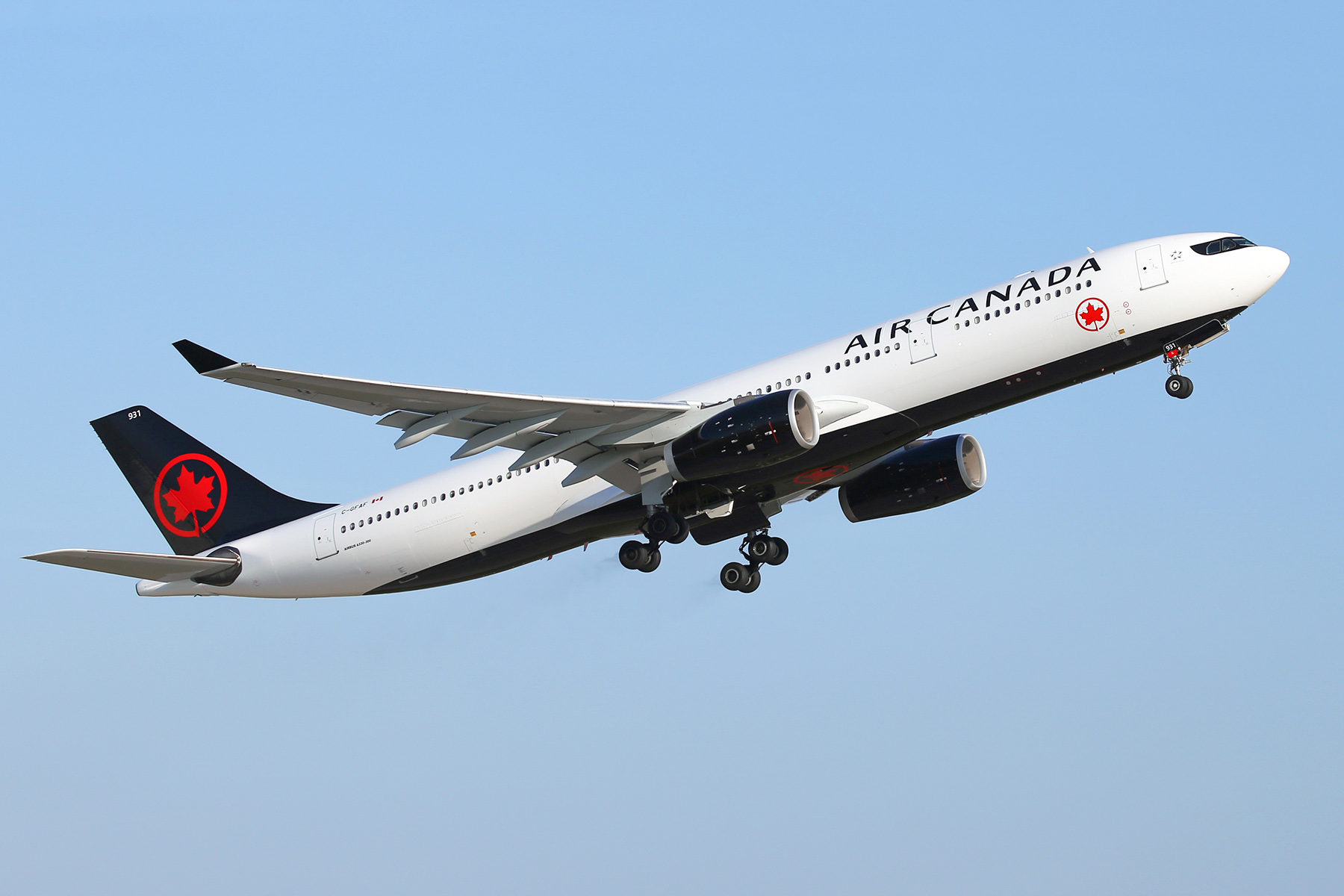Air Canada today reported a strong operational performance for the year-end holiday travel period, during which nearly 2.6 million customers were transported safely. The airline achieved some of its best operational results in a decade, including completing 98 per cent of scheduled flights, with an on-time performance of 70 per cent.
«We thank our customers for entrusting their travel to Air Canada and I am proud that we delivered on our promise to transport them safely and conveniently. Over the holidays we carried about 2.6 million customers on more than 20,000 flights, with an on-time performance of 70 per cent. Our success was the result of extensive advance preparations and the hard work of our people, helped by moderate winter weather. With a clear focus on our customers and on improving the stability and resilience of our operation, we have implemented a range of initiatives to ensure we continue to improve our operational performance into 2024 and beyond,» said Craig Landry, Executive Vice President and Chief Operations Officer at Air Canada.
This holiday season, the peak travel period for Air Canada occurred between December 18, 2023, and January 6, 2024. Operational highlights include:
- Approximately 2.6 million customers flew on Air Canada, about 10 per cent more customers than in the same period in 2022. This is equivalent to moving nearly the entire combined population of Manitoba and Saskatchewan, or everyone in Canada’s Atlantic provinces.
- On-time-performance (OTP), measured by the industry standard of arrival within 15 minutes of scheduled time, was 70 per cent. This is a dramatic increase from 40 per cent in 2022, when severe winter weather disrupted travel, and well above the last pre-pandemic holiday period in 2019, when OTP was 54 per cent.
- The average delay, when one occurred, was 37 minutes, which is a 43 per cent reduction from 2022 and 10 per cent better than the last pre-pandemic holiday period in 2019. There were 20,075 flights operated, with a completion rate of 98 per cent. This resulted in a 80 per cent reduction in cancelled flights as compared to 2022, and an 71 per cent reduction as compared to the last pre-pandemic holiday period in 2019.
- The volume of delayed or mishandled bags dropped by a sharp 58 per cent as compared to the prior year, translating into a baggage handling success rate of 98.6 per cent. This year, customers travelling domestically benefitted from a new tracking feature on the Air Canada Mobile App that lets them monitor the progress of their bag at key points in the journey.
For the period, excluding the peak pandemic year of 2020, Air Canada achieved its best results in a decade for flight arrivals within 15 minutes, flight completion, fewest cancelled flights and for baggage delivery.
Air Canada is committed to operational improvement, as demonstrated by a 19.1 percentage point improvement in OTP in the second half of 2023. Significant efforts are underway, not only to address the lingering challenges the pandemic created, but to ensure that operational performance will consistently exceed pre-pandemic levels. A few examples of such measures include:
- Stable staffing levels that exceed those from 2019, with continually increased experience levels reinforced through additional training programs.
- Improvements in schedule design that allow for additional flexibility in ground time and connecting time for customers.
- Deep collaboration in planning and execution with all key partners in the travel ecosystem, including airport authorities; agencies responsible for airport security, customs and border processing and air traffic control; as well as 3rd party ground handlers, caterers, and fuelers. All these partners have worked hard to improve and prepare for this winter season and Air Canada thanks them for our common success.
- A systematic focus on customer experience through a new internal program across the company called ECX, or Elevating the Customer Experience, that breaks down all key passenger touch points and generates improvements through investments in technology, self service, and business process redesign.



